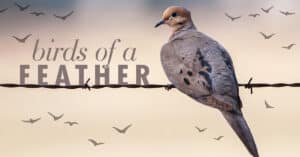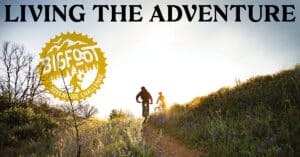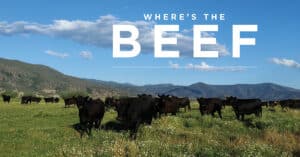Take Refuge
Tule Lake National Wildlife Refuge…
Established in 1928 1928 by President Calvin Coolidge “as a preserve and breeding ground for wild birds and animals,” the Tule Lake National Wildlife Refuge offers nearly 40,000 acres of recreational opportunities in northeast Siskiyou County. “Tule Lake once was part of the largest wetlands area west of the Mississippi River. These surviving wetlands remain a critical part of the Pacific Flyway, a place where migrating waterfowl can rest and refuel,” explains John Fitzroy, the visitor services manager for the Klamath Basin National Wildlife Refuge Complex for the last six years.
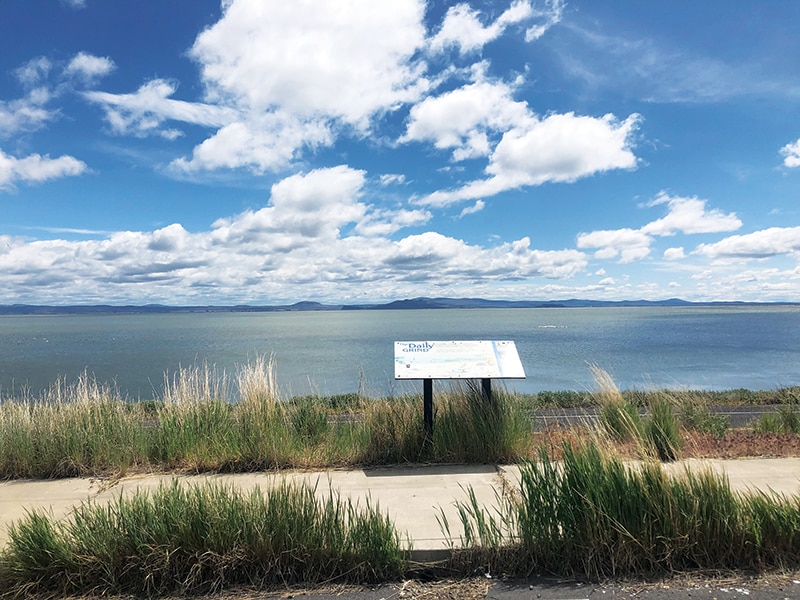
Present-day Tule Lake is part of what remains of pluvial Lake Modoc, a massive body of water that once filled the entire Klamath Basin until the last Ice Age ended roughly 10,000 years ago. As the climate grew more arid and glaciers receded, ancient Lake Modoc shrank, leaving behind a landscape of open water and marshes that included Tule Lake, as well as the well-known Upper and Lower Klamath Lakes. Further reduced to their current sizes by massive irrigation projects at the beginning of the 20th century, these lakes now form part of the six refuges that make up the Klamath Basin Refuge Complex, administered by U.S. Fish and Wildlife. As one of the most prominent of the refuges, Tule Lake gets its name from the dense bulrushes, or “tule,” that still grow along the marshy edges of its shoreline. These distinctive plants have historically held significant ecological value to both the animals and people that have depended on them. In fact, tule was used for everything from drugs to food to fiber, the dried stems often fashioned into baskets, shoes, bedding and boats. “This area remains the ancestral home of the Modoc People who adapted to using native plants like tule to make, well, just about everything they needed,” explains Fitzroy.
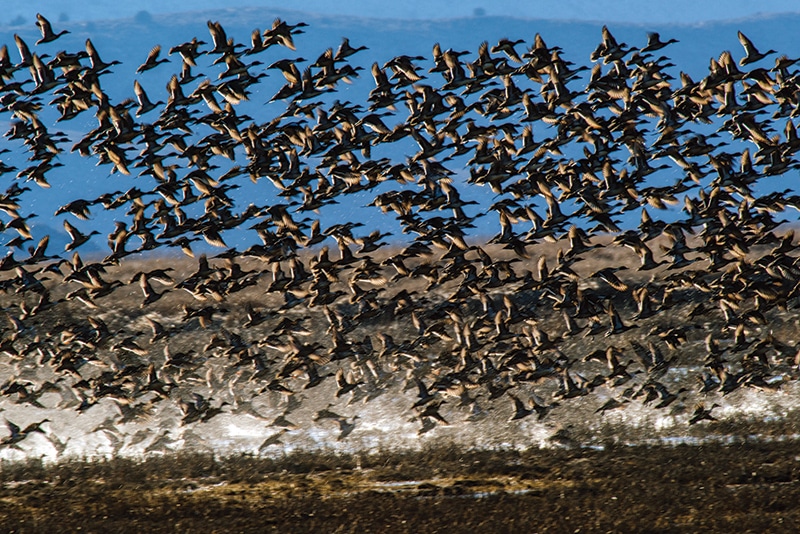
These days, for the wildlife enthusiast, a visit to Tule Lake or any of the Klamath Basin refuges is filled with natural discoveries year-round, but spring and fall provide the best times for waterfowl migration viewing. White-fronted, snow, Ross and cackling Canada geese, all of which nest in the Arctic tundra, are common sights, as well as an impressive number of bald eagles. “The most common question we get is, ‘Where can I see the birds,’” notes Fitzroy. His personal recommendation is to take the self-guided drive along the auto tour route that brings visitors face to face with the heart of the refuge and offers several great vantage points along the way. This year, the refuge also launched its first self-driving GPS enabled audio tour that gives visitors a deep dive into the refuge’s history as it meanders through the landscape, including a short jaunt to the nearby Lava Beds National Monument. Fitzroy’s favorite part of both driving tours, however, is on the south side of the refuge where the driving route runs along the lake’s shoreline, revealing the “interface between marsh and upland habitats.”
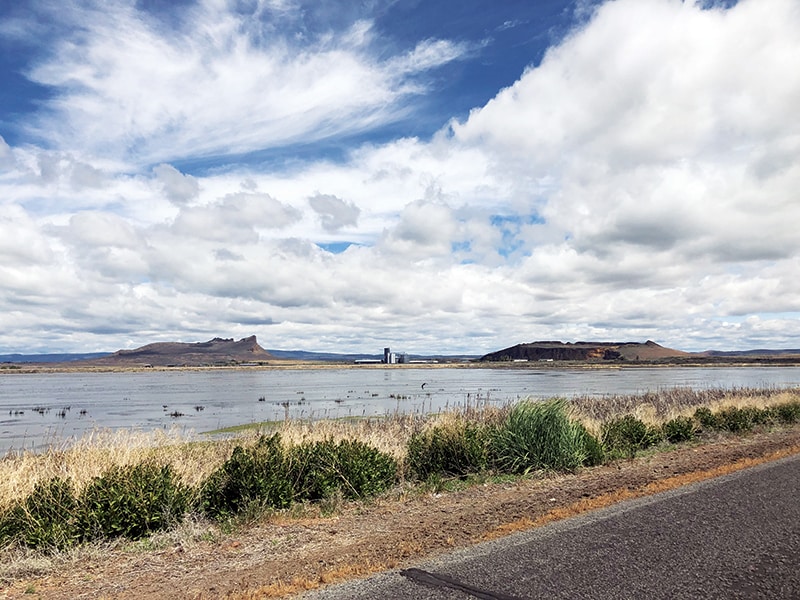
But the refuge offers more than just spectacular birding and wildlife viewing. There is also an abundance of hiking, boating, hunting and interpretative programs. Several photo blinds can be reserved for wildlife and landscape photography. “From year to year and season to season, the dynamic ebb and flow of nature is a process of constant change that attracts visitors from around the world,” says Fitzroy. One of the refuge’s crown jewels is the Discovery Marsh Trail, a walking interpretative trail that also offers an opportunity for canoeing between April and October, weather permitting. “The Discovery Marsh Trail has something for everyone year-round,” Fitzroy says. “On a quiet day, you can expect to see mule deer and a variety of seasonal birds. There’s waterfowl in spring and fall, and white-faced Ibis and great egrets in the spring and summer. There’s also the awesome, family-friendly canoe trail that’s a self-guided adventure, with all gear supplied by the refuge.”

For the best visit possible, Fitzroy’s advice is to pay the staff a visit. “You are encouraged to stop by the refuge headquarters and visitor center when you first arrive. Refuge wildlife is colorfully described by exhibits and information regarding viewing opportunities.” Take your time and soak in one of California’s most unique wildlife viewing experiences and landscapes.•
For more information on the Refuge, visit or call the Visitor’s Center at 4009 Hill Road in Tulelake, (530) 667-2231. To download the GPS self-driving audio tour, download the VoiceMap app on your phone and search for Tule Lake.


